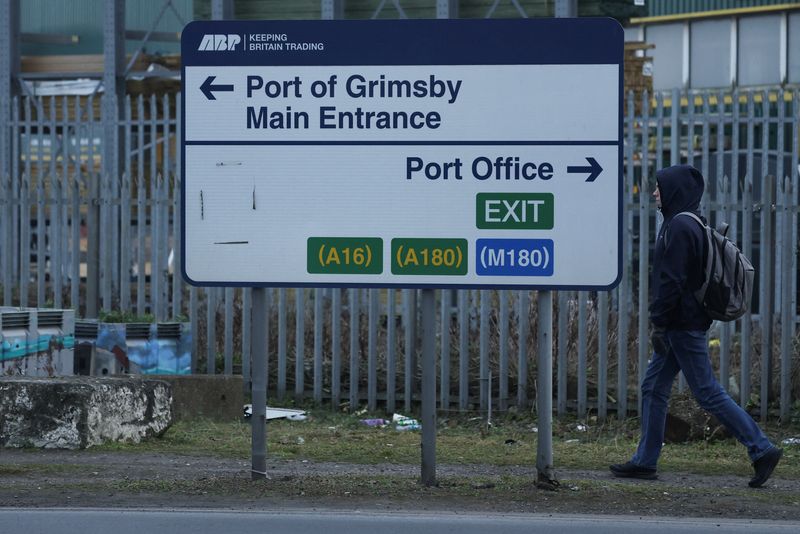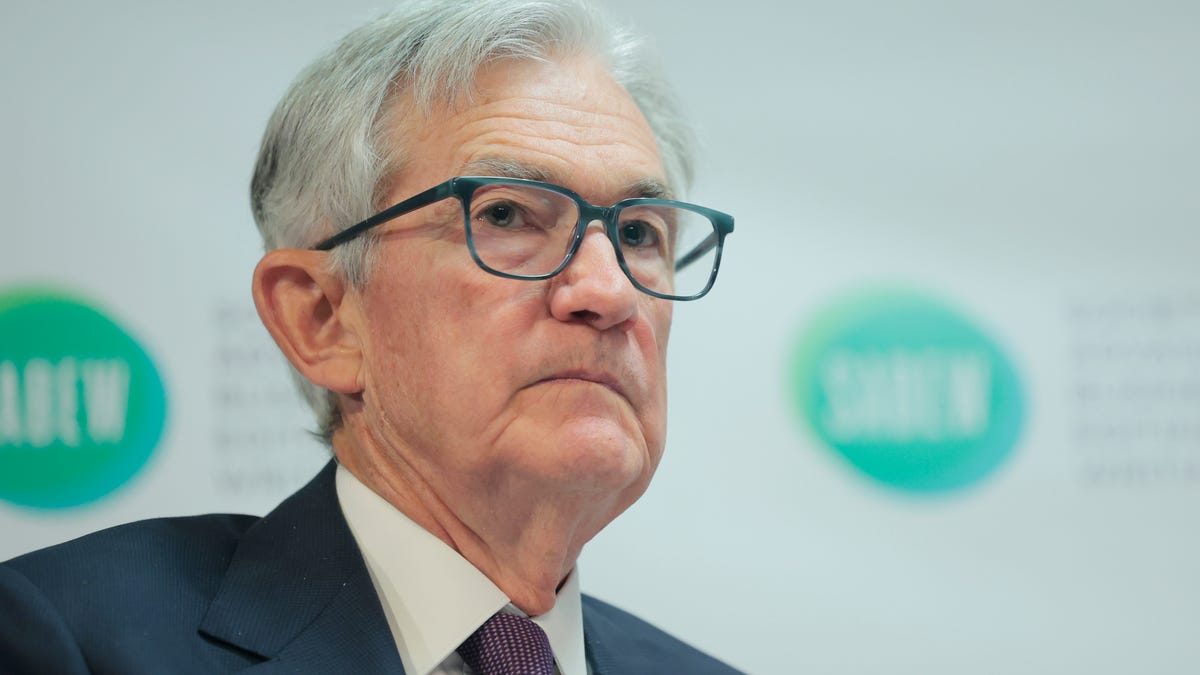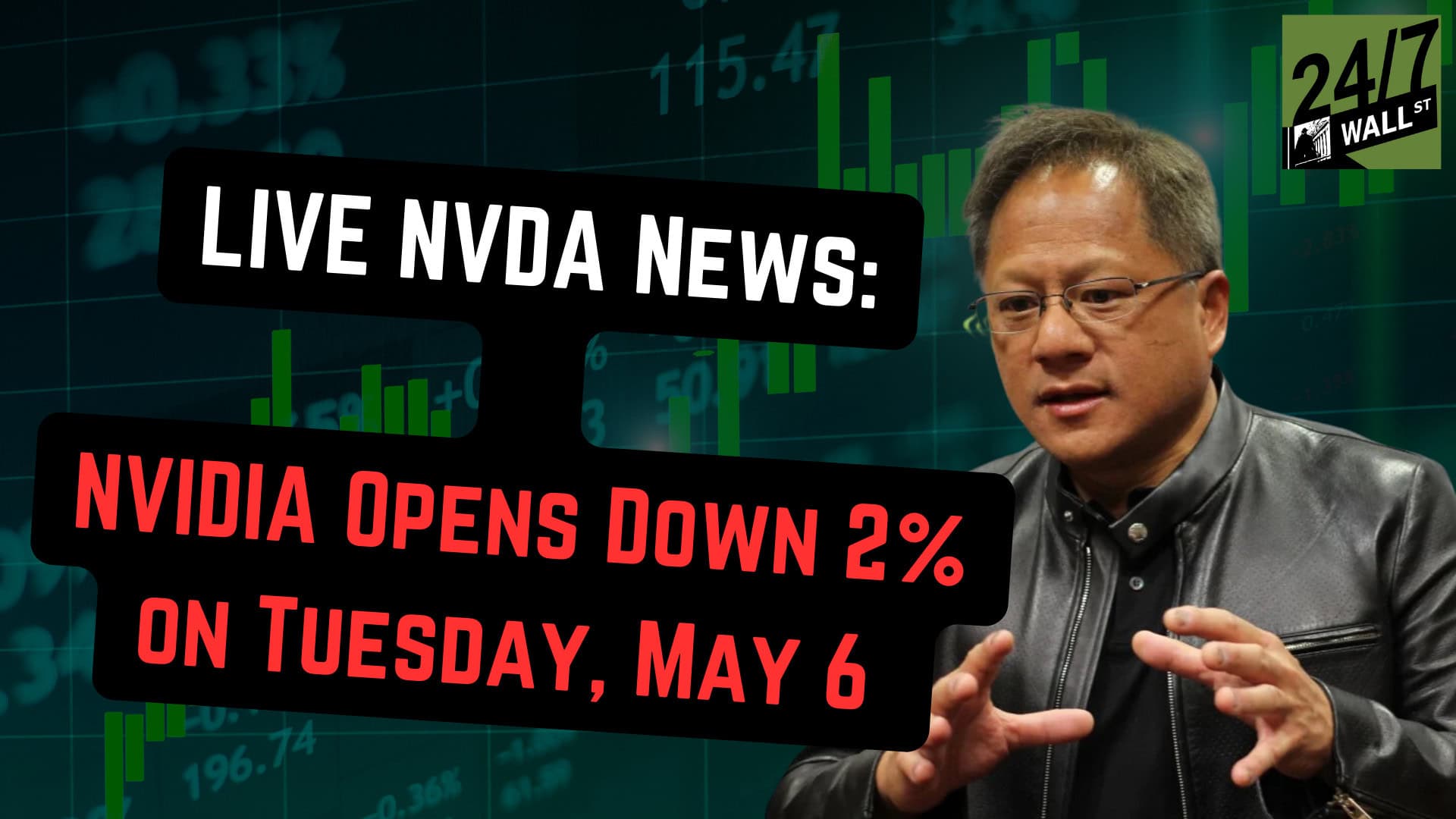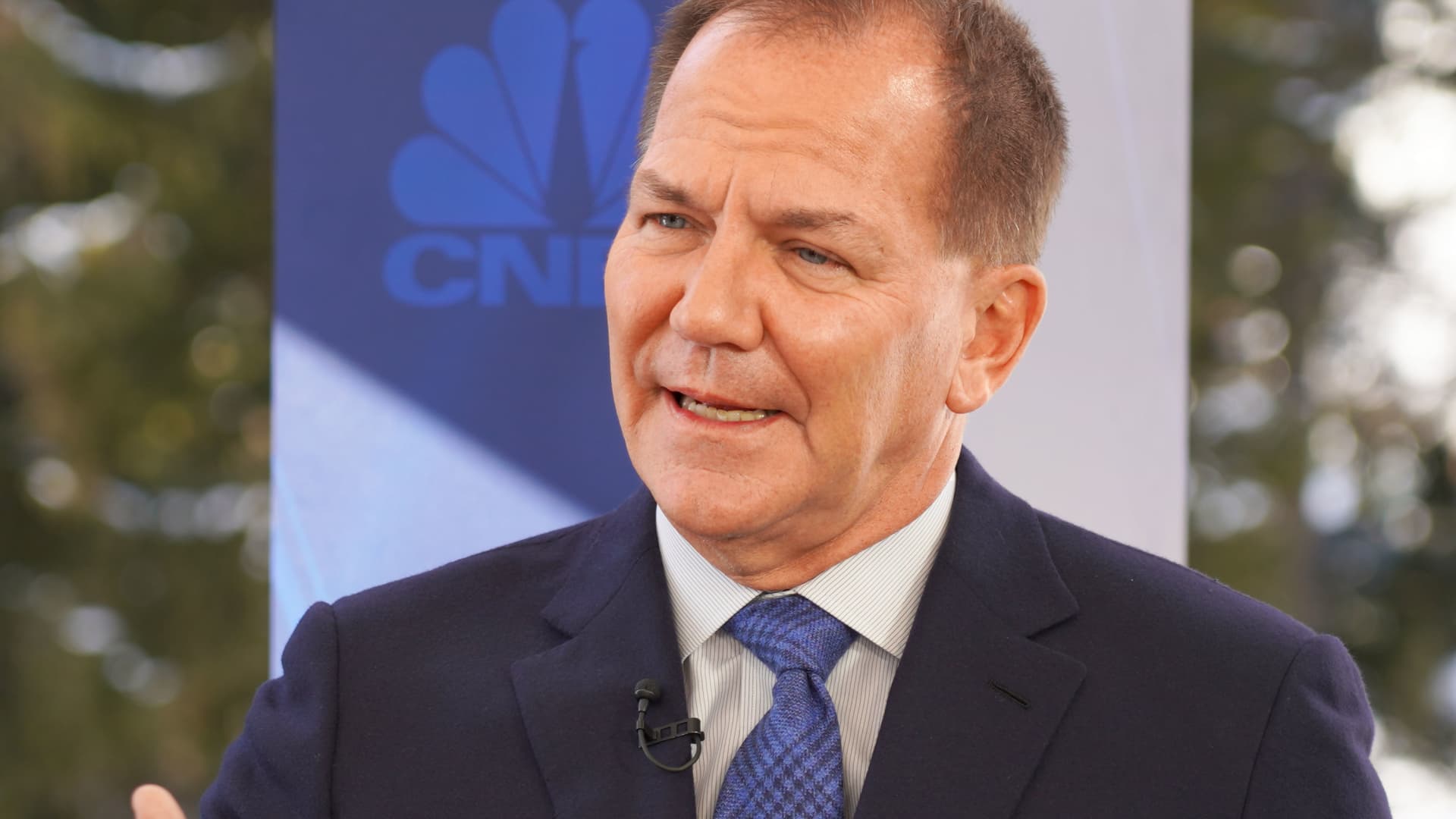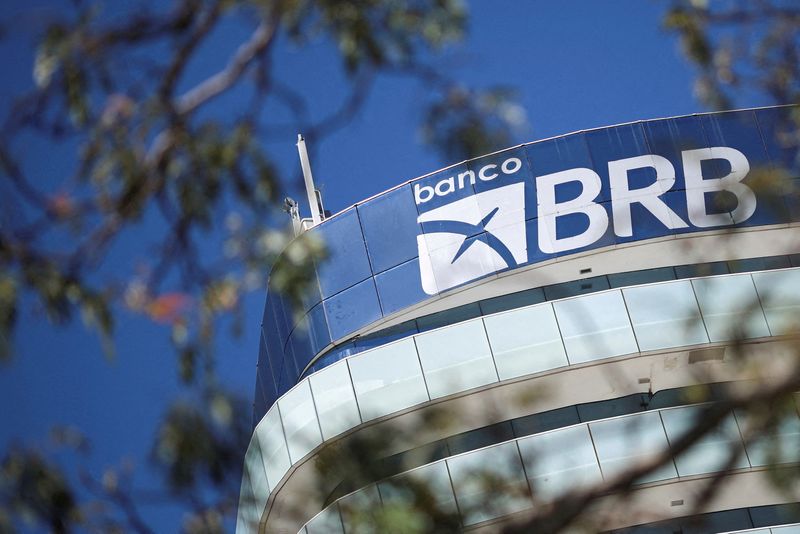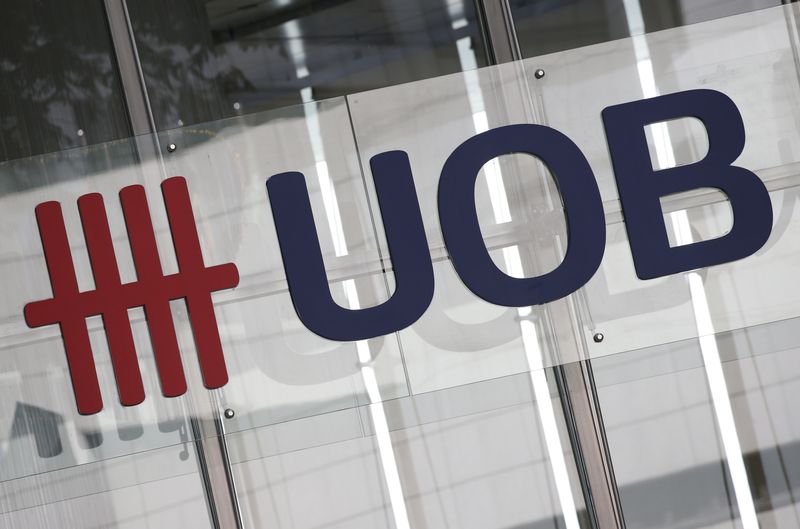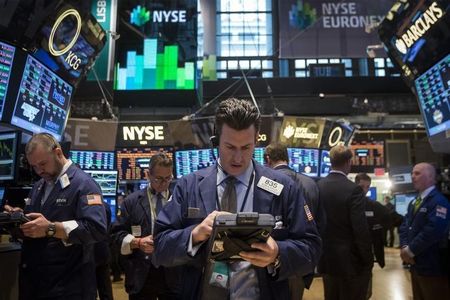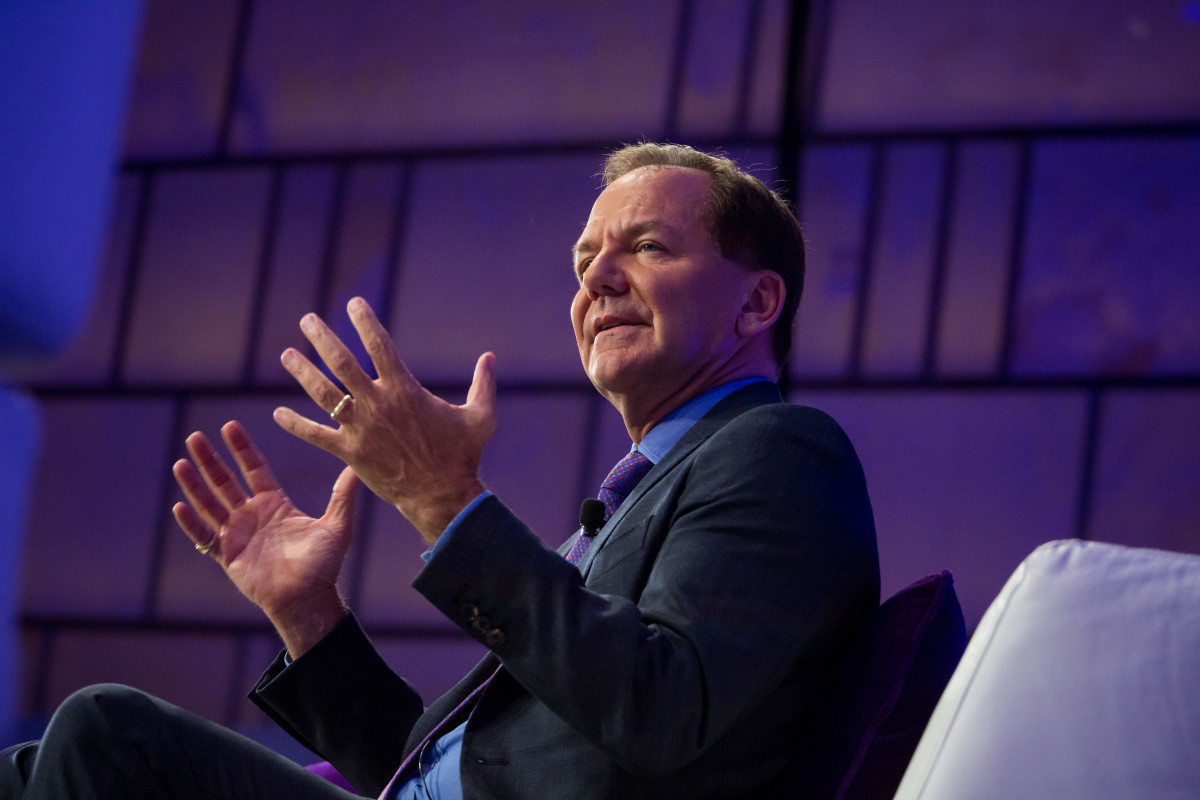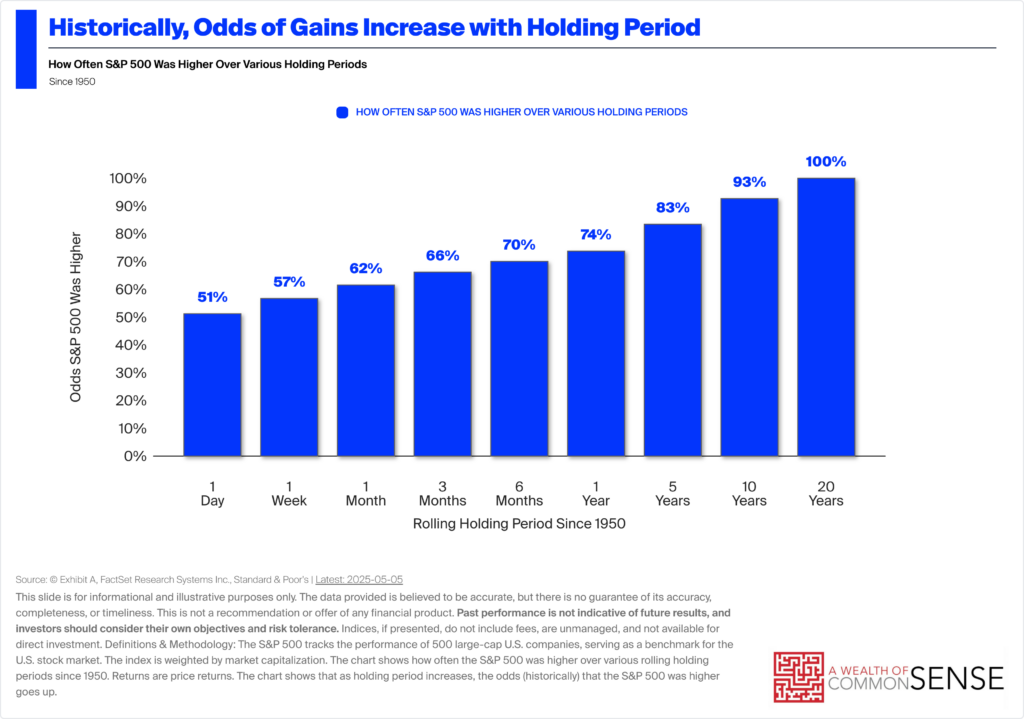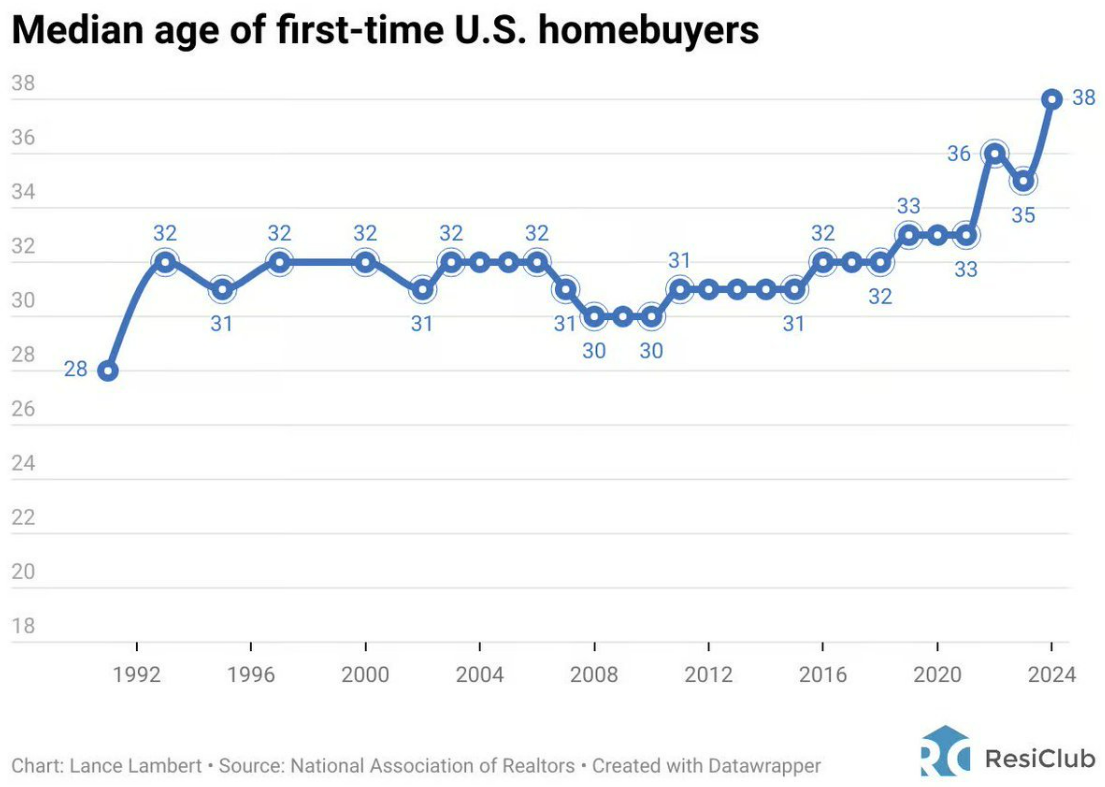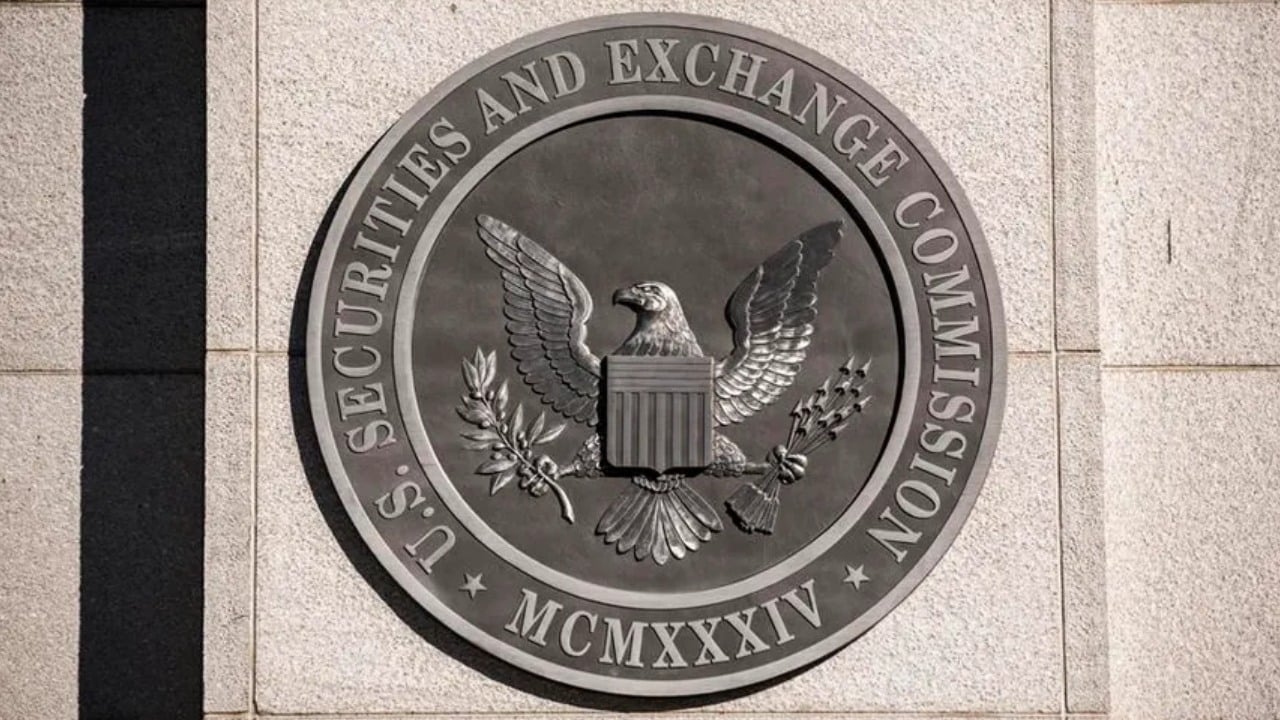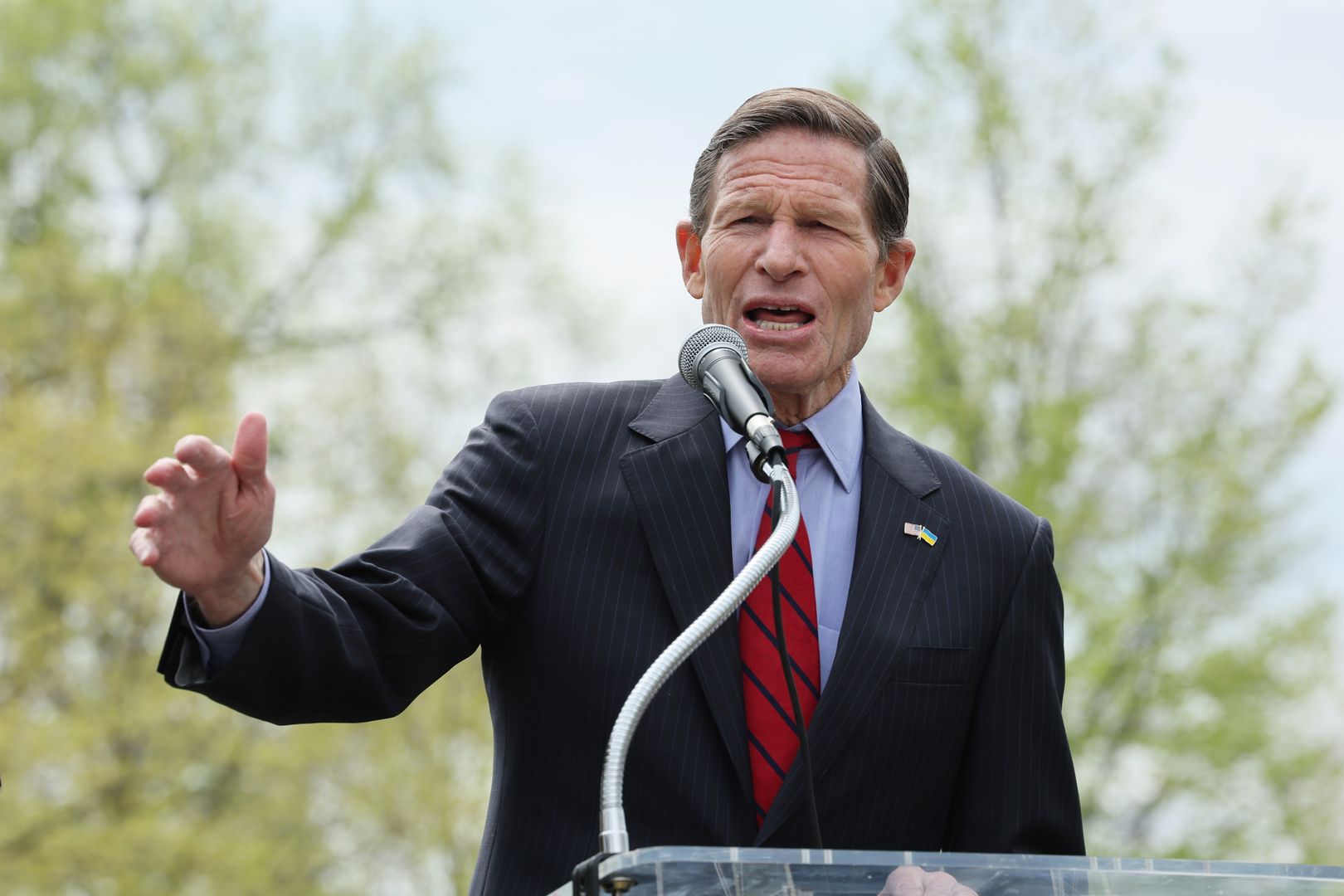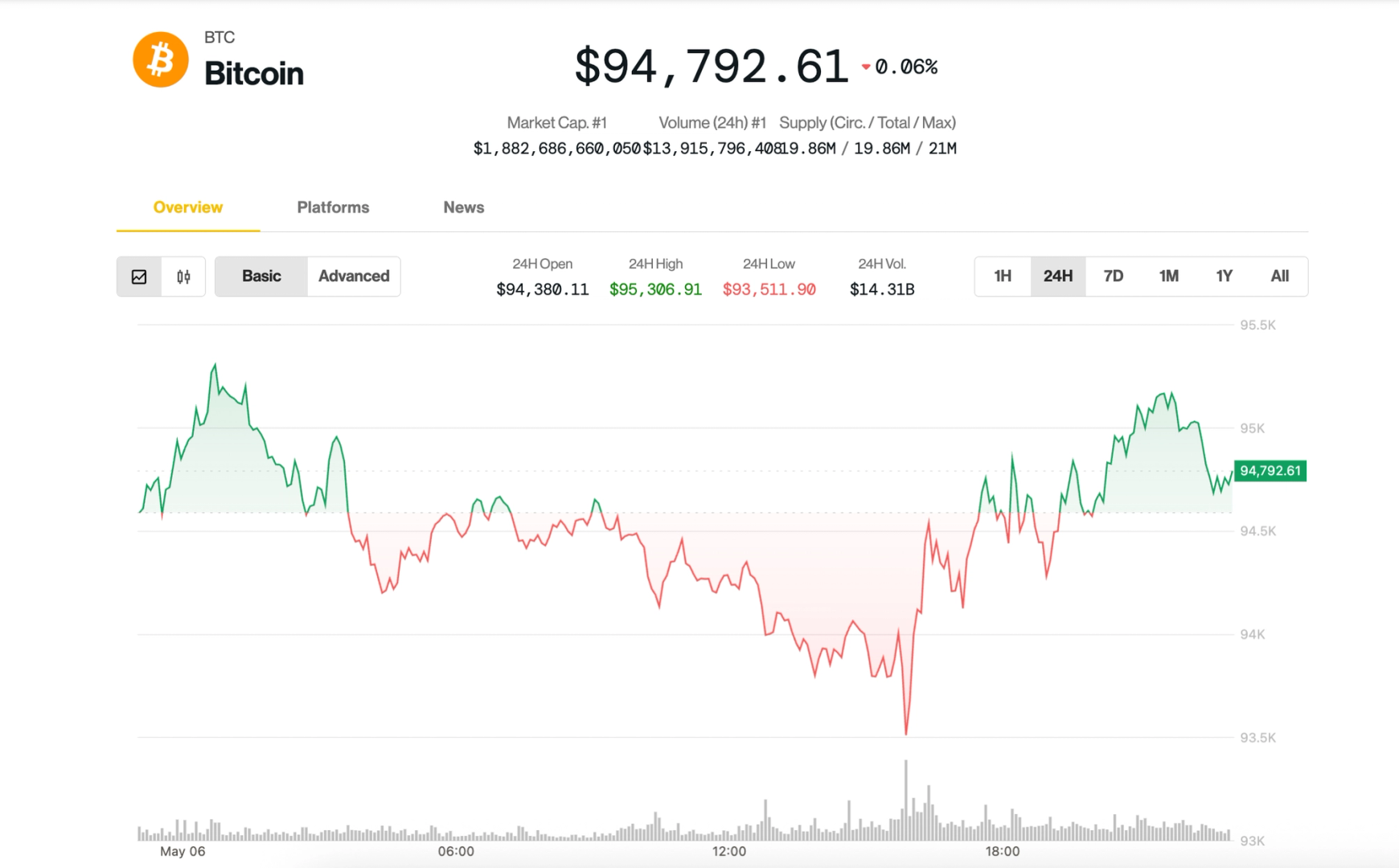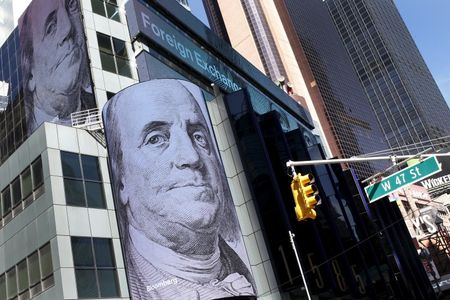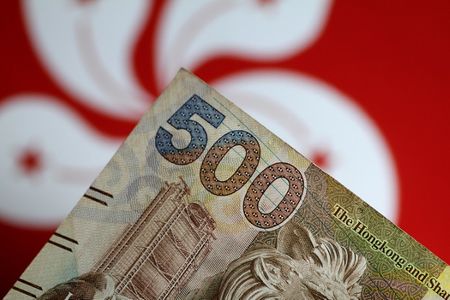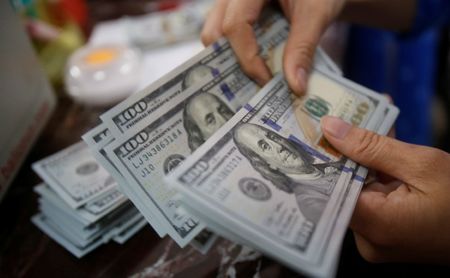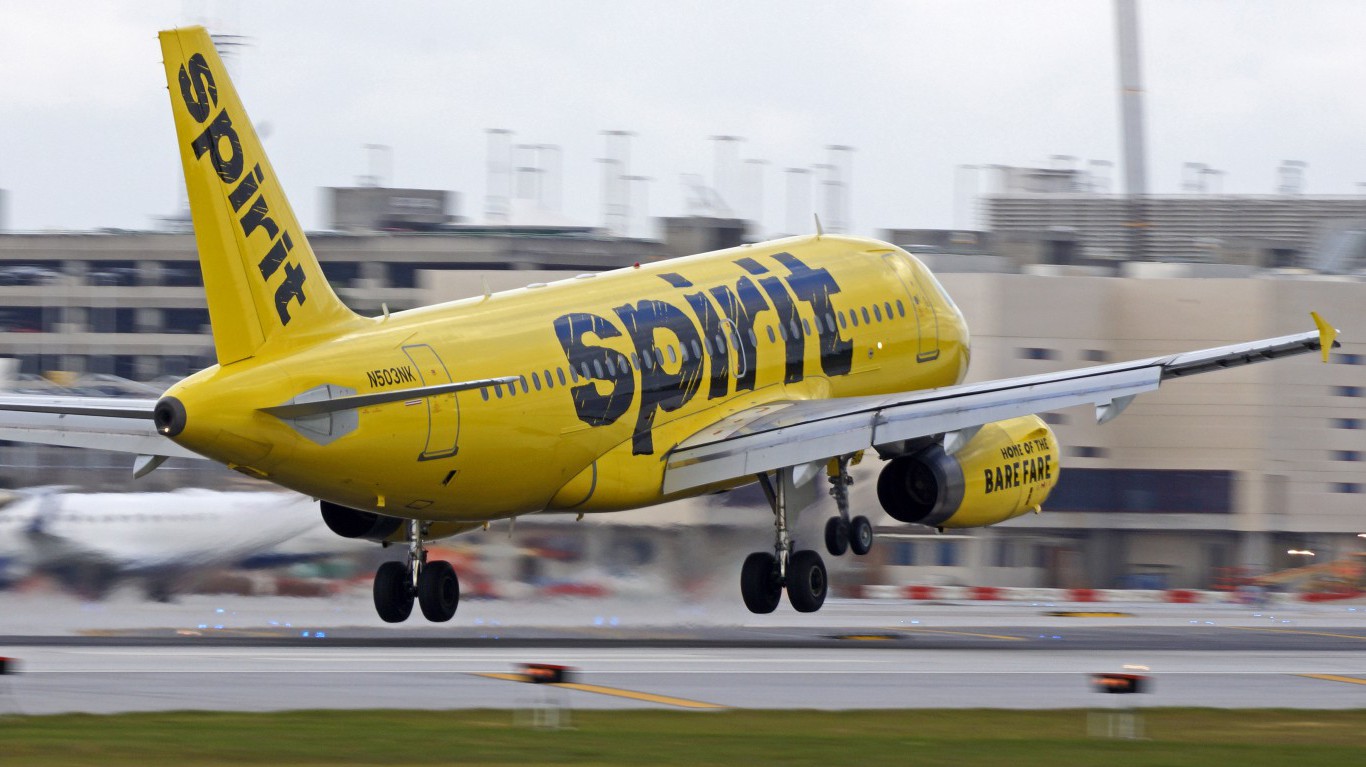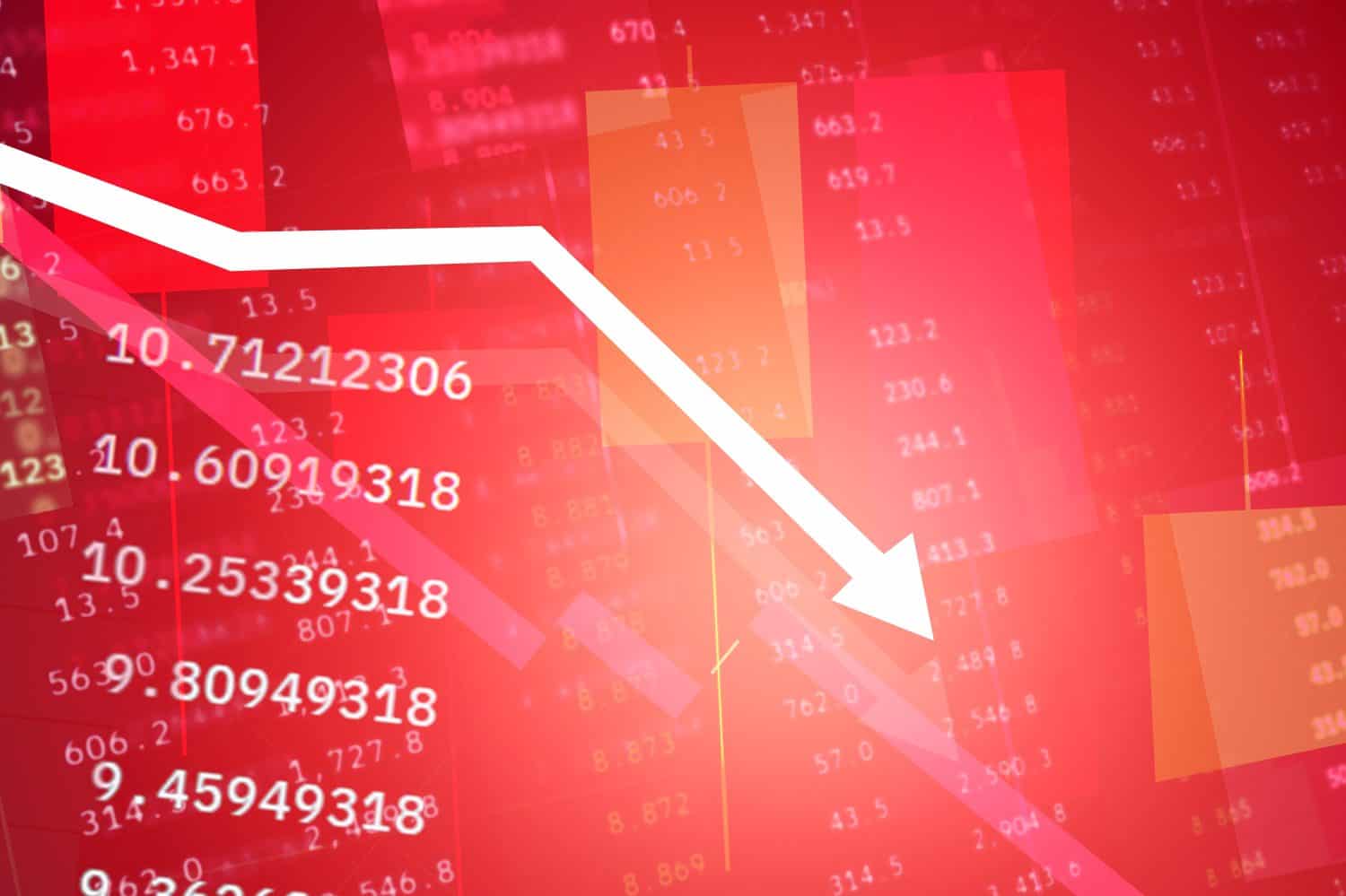Will Amazon Prime Day Be a Bust This Year?
To celebrate Amazon‘s (NASDAQ:AMZN) 20th birthday in 2015, the e-commerce giant launch Amazon Prime Day, initially a one-day shopping extravaganza that expanded to two days, but will now be four days long in 2025. The event has evolved into a global retail phenomenon, rivaling Black Friday and Cyber Monday. Exclusive to Prime members, this annual […] The post Will Amazon Prime Day Be a Bust This Year? appeared first on 24/7 Wall St..

Amazon‘s (AMZN) annual Prime Day sales event is a four-day extravaganza this year between July 15-18.
While Prime Day has rivaled Black Friday and Cyber Monday as the biggest online sales day of the year, 2025 could be different.
There are a host of concerns converging on Prime Day that may make this year’s event an underwhelming one.
Nvidia made early investors rich, but there is a new class of ‘Next Nvidia Stocks’ that could be even better. Click here to learn more.
24/7 Wall St. Insights:
To celebrate Amazon‘s (NASDAQ:AMZN) 20th birthday in 2015, the e-commerce giant launch Amazon Prime Day, initially a one-day shopping extravaganza that expanded to two days, but will now be four days long in 2025.
The event has evolved into a global retail phenomenon, rivaling Black Friday and Cyber Monday. Exclusive to Prime members, this annual event — typically held in July — offers deep discounts across electronics, fashion, home goods, and more. Prime Day drives massive sales, with estimates suggesting the 2024 event generated approximately $14.2 billion in global revenue, a 10% increase from 2023.
For Amazon, Prime Day is a cornerstone of its ecosystem, boosting Prime memberships (over 200 million globally), which enhance customer loyalty and recurring revenue through subscription fees. While exact figures vary, Prime Day sales are estimated to account for roughly 3% to 5% of Amazon’s annual retail revenue, a significant spike in its $630 billion-plus yearly sales.
The event also fuels ancillary services like Amazon Web Services and advertising, as brands vie for visibility. Beyond revenue, Prime Day reinforces Amazon’s market dominance, drawing millions of shoppers and pressuring competitors. However, caution is warranted for 2025’s Prime Day. Economic uncertainties, potential supply chain constraints, and rising competition may temper growth, suggesting this year’s event might not match the spectacular highs of past years.
Clouds on the horizon
Amazon Prime Day 2025, set for July 15 to July 18, faces significant challenges that could dampen its usual retail fervor. While the event has historically driven billions in sales, several economic and operational hurdles threaten its performance this year, potentially impacting both Amazon and its vast network of third-party sellers.
The most pressing issue is the impact of new U.S. tariffs on imported goods, particularly from China, where nearly 70% of Amazon’s products originate. Tariffs, reaching up to 145%, have raised costs for third-party sellers, who account for 60% of Amazon’s sales.
Many are reconsidering participation in Prime Day, as slashing prices in a high-cost environment risks eroding profit margins. Some sellers may opt out entirely, while others might raise prices, reducing the depth of discounts shoppers expect. This could lead to fewer flash deals, limited stock on trending items, and a heavier reliance on Amazon’s in-house brands like Echo and Fire devices, potentially diminishing the event’s variety and appeal.
Shipping and receiving
Supply chain disruptions exacerbate these concerns. Ongoing global logistics challenges, including port delays and rising shipping costs, could limit inventory availability, especially for high-demand tech and imported goods. This scarcity may frustrate shoppers seeking Prime Day’s signature deals, further eroding the event’s reputation for unbeatable value.
Additionally, a hyper-competitive retail landscape poses a threat. Rivals like Walmart (NYSE:WMT), Target (NYSE:TGT), and PDD Holdings‘ (NASDAQ:PDD) Temu have in the past capitalized on Prime Day’s momentum by launching their own, overlapping summer sales, fragmenting consumer spending.
In response to President Trump eliminating the de minimis loophole for imports — it allowed duty-free entry for imported goods valued under $800 — Temu has announced it will stop shipping goods directly from its warehouses in China.
Amazon’s decision to extend Prime Day to four days in 2025 aims to counter this, but it risks diluting the urgency that drives impulse purchases.
Mounting concerns
Consumer sentiment also presents a hurdle. With economic uncertainty and recession fears looming, shoppers may prioritize essentials over discretionary purchases, dampening demand for Prime Day’s typical big-ticket items like electronics and appliances. This cautious spending could reduce overall sales growth, even with Amazon’s promise of deeper markdowns.
Finally, Amazon faces regulatory scrutiny. A Federal Trade Commission lawsuit alleging deceptive Prime membership practices could undermine consumer trust, potentially affecting signup rates critical to Prime Day’s success.
While a federal judge dismissed parts of the FTC’s case and recently dismissed a shareholder lawsuit, which was responsible for the regulatory agency filing the case in 2023, it is a cloud that hangs over the retailer.
Key takeaway
Amazon Prime Day 2025 must navigate tariffs, supply chain issues, fierce competition, cautious consumers, and regulatory challenges. While Amazon’s scale and strategic adjustments may mitigate some impacts, these hurdles suggest a less spectacular event compared to past years, challenging its status as the ultimate retail bonanza.
The post Will Amazon Prime Day Be a Bust This Year? appeared first on 24/7 Wall St..




